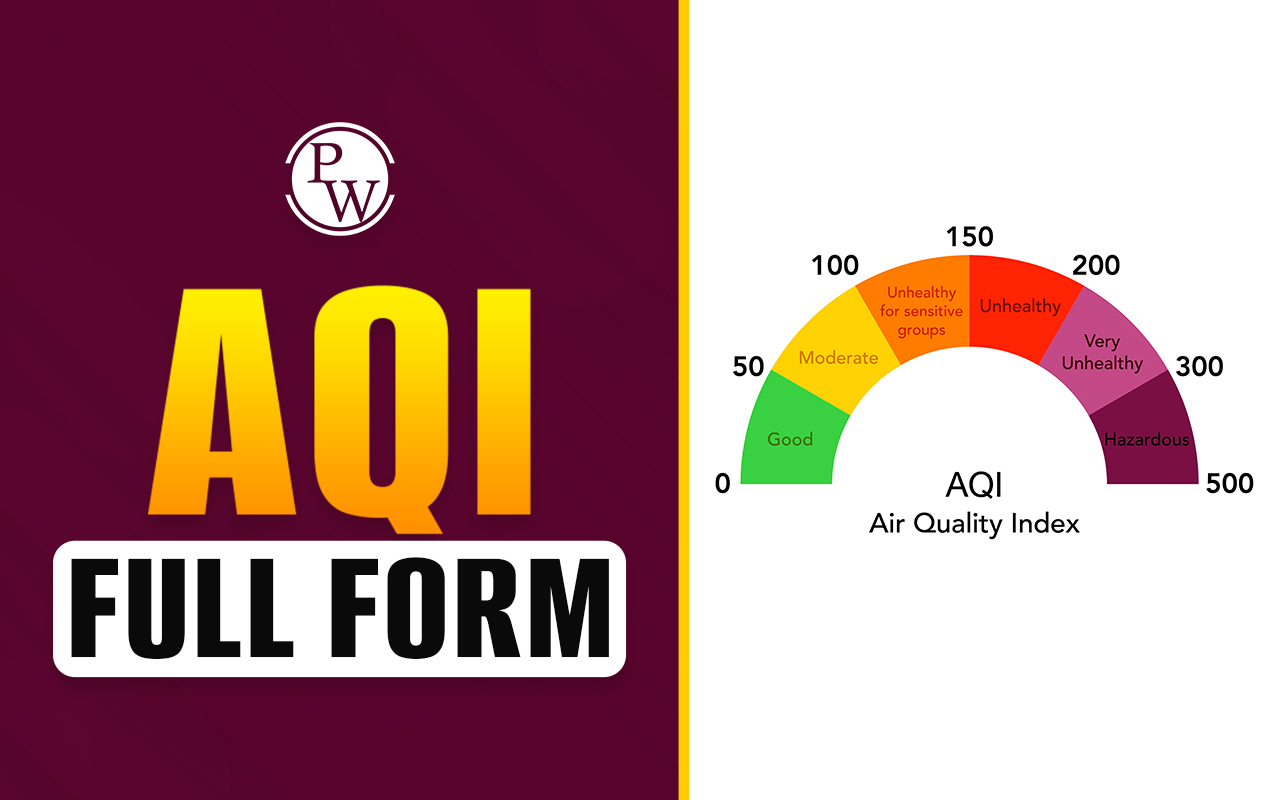
The full form of CSET is "Constructed-Response Self-Evaluation Technique." The Constructed-Response Self-Evaluation Technique (CSET) is a way to measure a person's performance that is used in human resource management. It requires employees to reflect on their work and write responses to questions about their duties and performance.
The goal of CSET is to give employees a chance to think about their own performance and find ways to grow and get better. In addition to performance reviews, this type of self-evaluation can reveal an employee's strengths and weaknesses.
CSET is often used as part of a larger performance management process and can provide valuable feedback to both employees and managers. CSET's self-reflection helps workers understand their contributions and plan for personal and professional growth.
Advantages of CSET
The Constructed-Response Self-Evaluation Technique (CSET) has several advantages over traditional performance evaluations. For one, it allows employees to have a greater sense of ownership over their own performance and development. Employees can better understand their strengths and weaknesses by writing about their work and successes.
Additionally, CSET provides a more comprehensive view of an employee's performance. CSET lets employees discuss their work, problems, and other factors that affected it, unlike traditional performance reviews.
Finally, CSET can promote open communication between employees and managers. Managers can learn about their team's challenges and opportunities by hearing from employees.
Steps in the CSET Process
The CSET process typically involves several steps, including:
- Preparation: Employees are told what to include in their self-evaluation and given questions or prompts to help them reflect.
- Writing the Self-Evaluation: Employees spend time reflecting on their work and writing their self-evaluation.
- Review and Feedback: Managers look over the self-evaluations and tell employees how they did and what they could do better.
- Setting goals: Employees can set goals for their future growth and development based on the feedback they get.
Challenges of CSET
While CSET has many advantages, it also has its challenges. One of the biggest challenges is ensuring that the self-evaluations are accurate and honest. Managers may not be able to tell if employees are exaggerating their strengths or weaknesses.
Another challenge is using CSET to develop employees rather than manage performance. If employees view CSET as simply another evaluation, they may not be as open and honest in their self-reflection.
Best Practices for Implementing CSET
To get the most out of CSET and deal with its problems as little as possible, it is important to set up the process in a way that helps employees grow and develop. Some best practices for implementing CSET include the following:
Providing clear instructions and guidelines for employees on what to include in their self-evaluation
- Encouraging open and honest self-reflection, and creating a safe space for employees to share their thoughts and feelings.
- Providing regular feedback and coaching to employees on their performance, and helping them set goals for their future development.
- Integrating CSET into a larger performance management process, and using it as a tool for promoting employee growth and development.
Benefits of CSET for Organizations
In addition to benefiting employees, CSET can also have a positive impact on organizations. It helps organizations improve performance management and talent development by providing a more complete picture of employee performance.
CSET can also help employees and managers talk to each other in a more open way, which can lead to better teamwork and a more engaged workforce. CSET can also help the organization's overall talent development strategy by getting employees to think about their own performance and set goals for their future growth.
Key Considerations for Implementing CSET
When implementing CSET, there are several key considerations to keep in mind. These include:
- Communication: Clearly communicating the purpose and process of CSET to employees is crucial to ensuring their understanding and buy-in.
- Timing: Determining the appropriate time for conducting CSET (e.g., annually, semi-annually, etc.) is important to ensure that it is integrated into the overall performance management process and that employees have enough time to reflect on their work.
- Feedback: Providing constructive and actionable feedback to employees on their performance is critical to the success of CSET. This feedback should help employees understand their strengths and areas for improvement and should guide their future development.
- Confidentiality: Ensuring that the self-evaluations and feedback are kept confidential is important to protect the privacy of employees and to promote honesty and openness in their self-reflection.
- Integration with other performance management tools: Integrating CSET with other performance management tools (e.g., performance evaluations, goal setting, etc.) is important to ensure that it is used effectively as part of a comprehensive performance management process.
- Resources: Allocating adequate resources (e.g., time, budget, staff) to implement and support CSET is important to ensure its success and to maximize its benefits for employees and organizations.
[wp-faq-schema title=" CSET Full Form FAQs" accordion=1]
Q1. Can CSET be used for remote workers or virtual teams?
Q2. Can CSET be used for both individual contributors and team leaders?
Q3. How can CSET help improve employee engagement and motivation?













